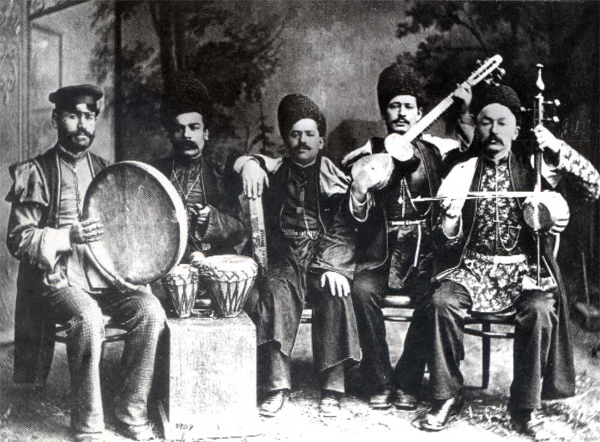Bringing the noise to South Caucasus

We recently returned from Tbilisi, where Sourcefabric is implementing a project to engage audiences throughout the region with reliable, relevant information and a love of really, really loud music.
The project is called Radio without Borders South Caucasus. The goal is to use open source tools to create and deliver radio content digitally, thereby creating a more diverse media environment. While that’s all well and good, what we really want to do is rock. And scratch. And wait for the bass to drop.
Support for the project comes from the Swedish International Development Cooperation Agency, and we’ll be working with a number of organizations in the South Caucasus region.
At the heart of the project is a love of music that transcends differences of language and geography. We believe the love of music --- especially music that tends to be overlooked by mass media outlets --- can be a means to attract a younger and more internet-savvy audience.
About South Caucasus
The South Caucasus straddles the border between Europe and Asia. Three former Soviet states comprise the region: Armenia, Azerbaijan and Georgia. Here 18 million people speak at least three mutually unrelated languages, two of which also use their own unique alphabets.
The region has suffered heavily in recent decades. Several wars have displaced as many as two million people and led to political upheaval and stunted most economic growth. Under such conditions, it’s not surprising that local media tends to be monolithic and unevolved.
Opportunity
We see hope for the South Caucasus in the growing numbers of people, many of them young, who have access to the internet. The internet makes it easier for marginalized voices to be heard, whereas traditional media tend to ignore them.
Take the case of Georgia, for example:
-
Georgia has 4.5 million people and 46% internet penetration, according to a recent Freedom House study.
-
1.2 million Georgians are on Facebook, according to communications scholar Katy Pearce.
-
75% of Facebook users in Georgia are under 44 (login required), according to SocialBakers.
-
Georgia has roughly 1.3 million mobile internet users, according to IDFI.
Our own experience with independent media in the region reflects these trends. Netgazeti is a Georgian news site that we’ve worked with on other projects; 67% of their traffic comes to them via social media, 99% of that comes via Facebook. Throughout the South Caucasus, quality independent journalism is online and viral.
Why radio?
Working with 11 media organizations in Georgia, we believe that internet radio is a particularly apt technology for this region. Unlike terrestrial radio, internet radio requires no broadcast license, and audio suits mobile users better than visual content.
Our vision is to help people throughout the region create many online radio channels that will ‘narrowcast’ to young, passionate audiences two kinds of content: information vital to civil society development and hip music produced in the region. The music will help build community, while the information will feed public debate.
In our work in the region, we’ve noticed that, despite differences of language and geography, a metalhead in Georgia has a lot in common with a headbanger in Armenia. Armenia, it turns out, hosts numerous heavy metal festivals . But it’s not all metal. Azerbaijan has a thriving hip-hop scene; who knew?
The music and news served by these internet radio channels will reach audiences throughout the region, not just via the online stream, but also through audio clips shared on social media platforms and embedded in blogs and websites.
Next steps
These are some of the reasons why we believe Radio without Borders South Caucasus will help young people inspire constructive debate and find solutions to their communities’ needs. We have already begun work with the Open Society Georgia Foundation to identify potential radio channels and partners to take part in the project.
Our next step will be to create the mobile apps and websites to help radio-makers deliver their content to mobile audiences, and coach them in production techniques. The first channels should come online this summer.
Our goal is to nurture an environment that supports itself in terms of funding, production and technology. And maybe one that’s a little louder.
Looking for a technology partner for your media development project? Sourcefabric can help. Contact us.
